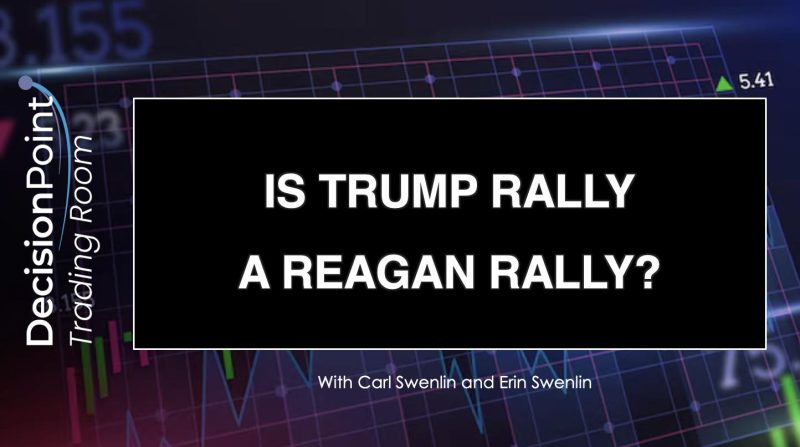
Trump Rally vs. Reagan Rally: A Match-Up of Presidential Powerhouses
The Trump Rally vs. The Reagan Rally: A Comparative Analysis
Historical parallels in the world of politics often provide insightful perspectives on current events and leadership styles. In recent times, comparisons have been drawn between the political rallies of former President Donald J. Trump, and the iconic campaign rallies of President Ronald Reagan. While both leaders have cultivated strong support bases and left a lasting impact on American politics, a closer analysis reveals distinct differences in their approaches and the socio-political climates in which they operated.
One of the key similarities noted between the Trump Rally and the Reagan Rally is the enthusiasm and loyalty exhibited by their respective supporters. Both leaders had a knack for energizing their base and tapping into their emotions, creating a sense of camaraderie and shared purpose among attendees. The raucous atmosphere of their rallies, often punctuated by passionate slogans and chants, served to reinforce the sense of unity and belonging among supporters.
However, the context in which these rallies took place differed significantly. The Reagan Rally emerged in the aftermath of the tumultuous 1970s, marked by economic stagnation, high inflation, and the Iranian hostage crisis. President Reagan’s message of optimism, patriotism, and a return to traditional values resonated with many Americans who were disenchanted with the state of the nation. His rallying cry of Morning in America encapsulated the zeitgeist of a country yearning for renewal and prosperity.
On the other hand, the Trump Rally unfolded against the backdrop of increasing polarization and divisiveness in American society. President Trump’s rallies were characterized by a confrontational tone, inflammatory rhetoric, and a sharp focus on divisive issues such as immigration, trade, and the media. While Trump’s supporters rallied around his promise to Make America Great Again, critics viewed his rallies as stoking animosity and fomenting discord.
Another notable difference between the Trump Rally and the Reagan Rally lies in their messaging and policy priorities. President Reagan’s rallies were often centered on themes of small government, free-market principles, and a strong national defense. He championed supply-side economics, deregulation, and tax cuts as a means to spur economic growth and empower individuals to achieve their full potential.
In contrast, President Trump’s rallies emphasized a more populist and protectionist agenda, railing against globalization, multinational corporations, and perceived elitism within the political establishment. His rallying cry to prioritize American interests and drain the swamp resonated with many working-class voters who felt marginalized by the status quo.
While both the Trump Rally and the Reagan Rally can be seen as manifestations of a broader discontent with the existing political order, they represent distinct approaches to governance and leadership. President Reagan’s optimistic vision of a brighter future, coupled with his affable demeanor and ability to build consensus, endeared him to a wide swath of the American public. In contrast, President Trump’s combative style and unapologetic demeanor appealed to those who sought a disruptor-in-chief willing to challenge the prevailing norms of Washington politics.
In conclusion, the Trump Rally and the Reagan Rally serve as intriguing case studies in the evolution of political rhetoric and leadership in America. While both leaders managed to captivate audiences and leave a lasting imprint on the national consciousness, their approaches, messaging, and legacies reveal the nuances and complexities of leadership in a rapidly changing world. As the political landscape continues to shift and evolve, it remains to be seen what lessons future leaders will draw from these iconic rallies and the leaders who inspired them.
